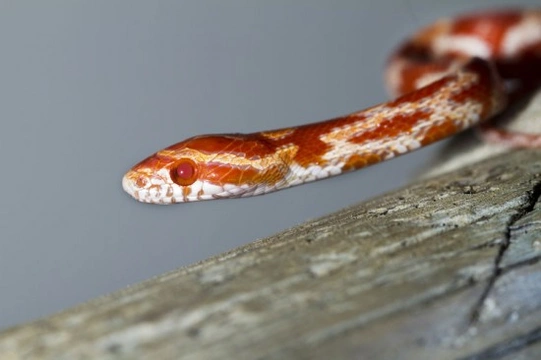
Complete Guide to Buying and Bringing Home Your First Snake
Choosing to bring a snake into your home as a pet can be a unique and rewarding experience. Unlike traditional pets, snakes require specific care and expertise, but with the right preparation, they can thrive and provide years of fascinating companionship.
Why Choose a Snake as a Pet?
Consider carefully why you want a snake. If it's simply for the novelty, the initial fascination may not last. Snakes need commitment; they can live many years and have specific care needs. They don't require daily walks or grooming but do demand proper handling, feeding, and habitat maintenance. For some, they offer an intriguing pet alternative, especially if allergies or space concerns prevent keeping furry or feathered animals.
Best Species and Where to Find Them
For beginners, species such as the corn snake, king snake, or milk snake are ideal. These snakes are generally docile, manageable in size, and accustomed to handling. They feed on rodents, which are readily available in pet shops. It is crucial to purchase from reputable, knowledgeable breeders who provide captive-bred snakes. Captive breeding ensures healthier animals that are used to humans and reduces pressure on wild populations. Consult reptile societies or vets for trusted breeder recommendations.
Setting Up the Perfect Home
Your new snake will need a vivarium that allows precise temperature and humidity control. It should be secure with lockable glass doors to prevent escapes. Young corn snakes require smaller housing initially, as large open spaces can stress them. The temperature should generally range between 24°C and 30°C with a cooler drop at night. Heating devices like heat mats or guarded bulbs are recommended to provide warmth.
Suitable substrates include Aspen bedding, bark chips, or cage carpets, all of which are easy to clean and maintain good hygiene. Providing both dry and damp hide spots helps the snake regulate its body temperature and humidity needs. Enrichment items like rocks, branches, and artificial plants offer stimulation and a more natural environment.
Feeding and Care
In captivity, snakes thrive on a diet of frozen-thawed rodents, mainly mice. Younger snakes start with pinkies and gradually move to adult mice. Always defrost food thoroughly at room temperature and use tongs to feed to avoid bites. Fresh water should always be available, and clean water bowls are essential for both drinking and occasional bathing.
Handle your snake gently and calmly, as they can become startled easily and may strike defensively. Regular cleaning is important - spot clean after defecation and perform thorough cleans every two to three weeks using reptile-safe disinfectants.
Remember to wash your hands before and after handling your snake or its equipment to prevent bacterial transmission. Children should always be supervised around reptiles for safety and hygiene.
By preparing well and choosing your snake responsibly, you can enjoy a long, engaging relationship with your reptile companion while promoting their health and welfare.



